The origin of tableaux stemmed from the multiple translations from the French language meaning either picture, art board, board, slab, writing tablet, canvas or painting. The style of production originated from the again the French phrase ‘tableau vivant’, translating to ‘living picture’. Of course the early sources of tableaux were paintings, particularly of weddings or other holy celebrations.
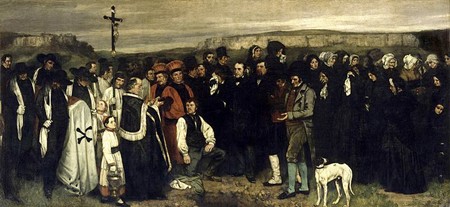
A Burial At Ornans was a painting constructed by Guastve Corbet, which further came to present a change in nineteenth centruy art. The piece holds a certain level of irony as the style of the image is of course that of a tableau, however, the image itself portrays the funeral of the painters great-uncle
Jean – Francois Chevrier was the first to use the term tableau in relation to a form of art photography, which began in the 1970s and 1980s in an essay titled “The Adventures of the Picture Form in the History of Photography” in 1989.
Jeff Wall is a Canadian photographer renowned for his cibachrome approach to photography and his tableaux productions. Wall’s tableaux work has ranged from 1996 to 2013.
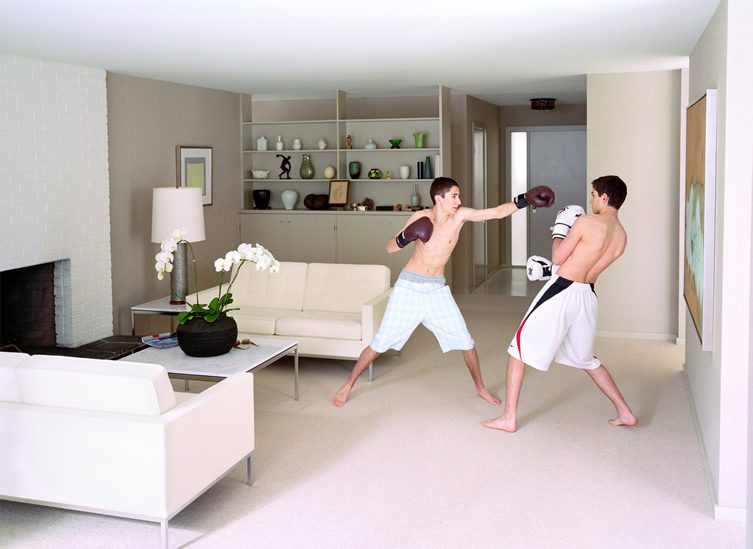
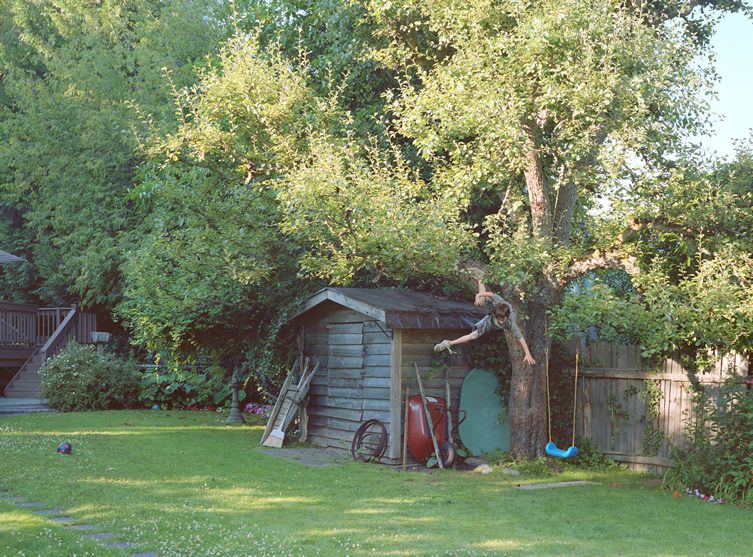
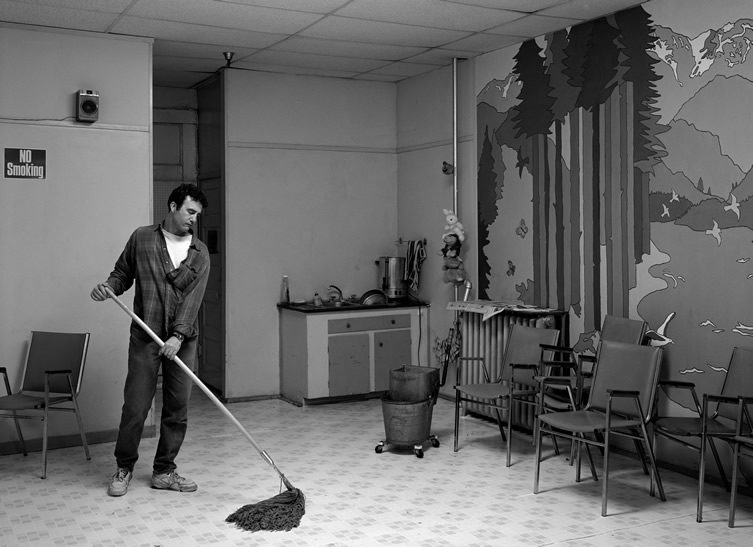
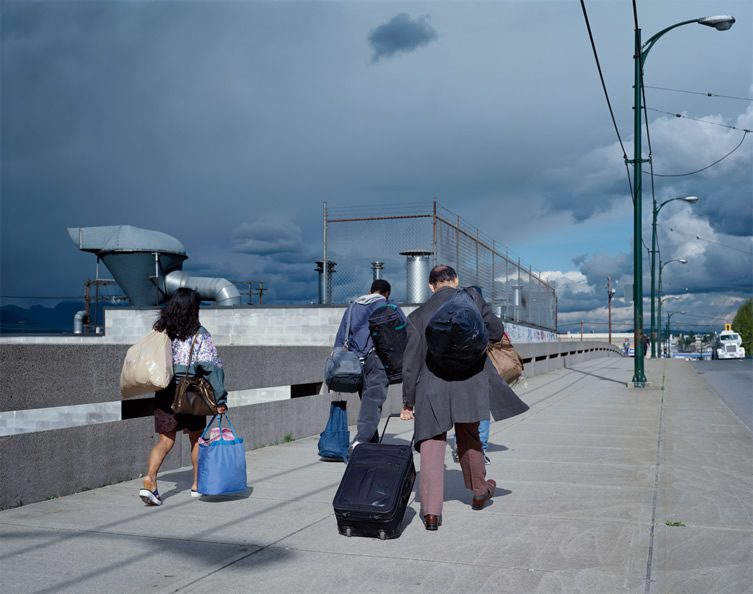
Although Jeff Wall’s tableaux work also has the same basis of topic, all of his images have their own theme as they consist of completely different composites and colours. This coincides with how each photograph has its own story to tell.

Following the production of the movie ‘Invisible Man’, Jeff Wall decided to construct a tableaux image as he attained inspiration from it. In the film, an African American man’s color renders him invisible and is forced to live recluse in an underground room wired with hundreds of electric lights, operated by power stolen from the city’s electric grid. The character reflects upon his social segregation flashbacks to his high school experience, depicting the racism still present in America despite moves to try counteract racial discrimination, for example the Civil Rights of 1964.
Jeff Wall’s image is a direct reference to Ralph Ellison’s production, meaning he has not much of a story to reveal for himself. A unique technique of using a story and meaning already invented and created and developing on it, almost acting as a sequel to the movie but in tableaux form.
In relation to the reenactment of a childhood memory in the form of tableaux, I thought it would be important to study the work of Hannah Starkey, a British photographer who specializes in staged settings of women in city environments.

Starkey’s lighting seems to an interesting variable in her photographs as although we can clearly see the model, there is elements of shadow that cover her face, which links back to the ambiguity of the plain facial expression in environmental portraits. Note the light is all natural, which is a unique and organic feature of her photographs. When recreating a childhood memory, I would try to use as much natural light as possible.
